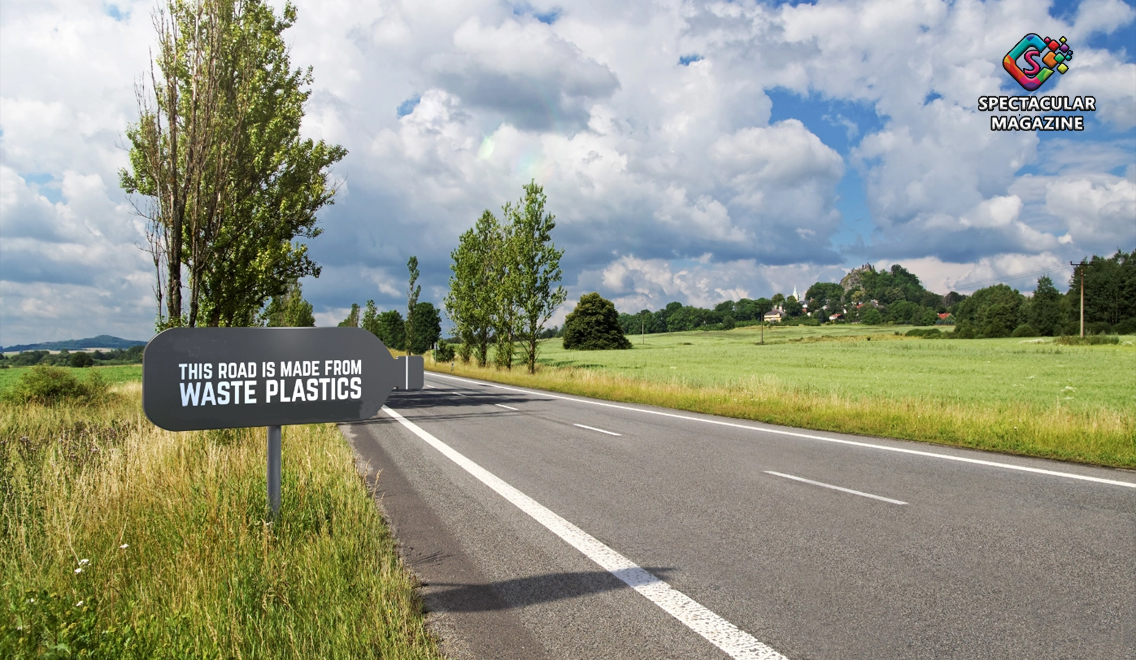Road Building Is Going Green And High-Tech
The Earth is covered in roads. Currently, there are more than 20 million miles of them, crisscrossing the planet in every direction.
For the most part, though, they’re just dumb lumps of asphalt. They’re not smart.
Engineers, however, want to change all that. They’re looking for ways to make roads both safer, more intelligent, and more efficient.
Here’s what the road of the future will look like:
Piezoelectric Energy Roads

The way you build a road right now is quite simple. You collect a big pile of aggregate, feed it through pugmills for construction, and separate it. You then lay the new material on the level ground and tamp it down.
In the future, though, it might not be asphalt going through the pugmills, but piezoelectric crystals instead. Piezoelectrics are a type of technology that generates electricity when exposed to sunlight. The technology has been years in the making, but now it looks like it is finally happening. A team in Israel expects to begin laying roads with the technology this year. They will then feed the new generation back to the grid.
Wireless Vehicle Charging
Electric vehicles are exciting, but people are still worried about running out of charge. That fear, though, might soon go away. Engineers are now working on a wireless vehicle charging system that will fit underneath the surface of the road. The underlying technology is the same as that which charges electric toothbrushes. There are no metal contacts between the car battery and the road. Instead, energy passes wirelessly and safely from one to the other, almost by magic.
Paint That Changes Color With Temperature
At first blush – no pun intended – paint that changes color as the temperature falls might not seem all that helpful. But when conditions get icy, it could save a lot of lives.
Most motorists don’t carry around thermometers to test the heat of the surface of the road. Instead, they rely mainly on the temperature gauge in their car. If it is below zero, they know to expect ice and drive more carefully.

The problem, though, is that the temperature of the road and the air can be very different. A driver might think that it is a warm day, but if the ground hasn’t yet heated, it is dangerous.
Paint that changes color at different temperatures has been around now for several years. So far, engineers tested the technology in the Netherlands and Brabant. Soon, though, it could become standard fare.
Better Surface Materials
Asphalt-based roads may soon become a thing of the past if new, eco-friendly technologies take off. Asphalt is not a naturally-occurring organic material and can sometimes leach chemicals into the groundwater. Many environmentalists worry about this.
Manufacturers are trialing new road surfaces to replace standard paving. “Eco-pave” made of bits of recycled plastic could soon become the norm. Whether it will last as long as its predecessor remains to be seen. Nonetheless, it is an exciting option in a world that is overrun with plastic waste.


